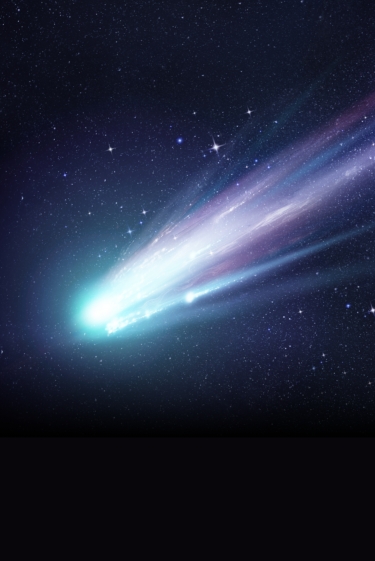New Evidence for a Planet Orbiting the Sun’s Nearest Twin
Observations from the James Webb Space Telescope point to the existence of a Saturn-like planet orbiting Alpha Centauri A — a Sun-like star in the nearest stellar system to Earth.
The closest star system to our own is Alpha Centauri, located just over four light-years from our Sun. This system consists of three stars: Alpha Centauri A (Rigil) and Alpha Centauri B (Toliman), two Sun-like stars orbiting each other around a common center of mass, and the red dwarf Proxima Centauri, which lies slightly closer to Earth than the other two.
In 2016, an Earth-like planet was discovered orbiting Proxima Centauri, followed by the identification of two additional planets around that star. Now, using data from the James Webb Space Telescope, researchers have found strong evidence for a planet orbiting Alpha Centauri A. If confirmed, it would be the closest known exoplanet orbiting a Sun-like star — and located within the star’s habitable zone, where temperatures could allow liquid water to exist on the surface. However, according to the researchers, the planet appears to be a gas giant, similar to Jupiter or Saturn, making it unlikely to support life — at least in any form familiar to us.
The findings on the newly detected planet are detailed in two papers (first, second), both accepted for publication in The Astrophysical Journal Letters.
“With this system being so close to us, any exoplanets found would offer our best opportunity to collect data on planetary systems other than our own. Yet, these are incredibly challenging observations to make, even with the world’s most powerful space telescope, because these stars are so bright, close, and move across the sky quickly,” said one of the researchers, Charles Beichman of NASA’s Jet Propulsion Laboratory (JPL) and the NASA Exoplanet Science Institute at Caltech’s IPAC astronomy center. “Webb was designed and optimized to find the most distant galaxies in the universe. The operations team at the Space Telescope Science Institute had to come up with a custom observing sequence just for this target, and their extra effort paid off spectacularly.”

From a distance, Alpha Centauri A and B appear as a single star (left), but a Hubble Space Telescope image (center) reveals them as distinct stars. In the right-hand image, the candidate exoplanet is marked — captured in infrared by the James Webb Space Telescope, with the star’s light blocked. Source: NASA, ESA, CSA, Aniket Sanghi (Caltech), Chas Beichman (NExScI, NASA/JPL-Caltech), Dimitri Mawet (Caltech)
Recalculating the Orbit
The planet was first identified during an observation conducted by researchers in August 2024. Using a coronagraph — a dark disk designed to block the glare of Alpha Centauri A — they scanned the surrounding region in infrared light. After carefully suppressing light from the neighboring star as well, they detected a faint object roughly 10,000 times dimmer than Alpha Centauri A, located about 300 million kilometers away — approximately twice the average distance between Earth and the Sun.
However, follow-up observations in early 2025 failed to replicate the initial detection. To resolve the discrepancy, the researchers recalculated the planet’s orbit using all available data:including the successful detection and the unsuccessful ones, and a 2019 observation from a European telescope that had suggested the presence of such a planet but was unable to confirm it.
Based on the combined data, the researchers concluded that the planet is a gas giant, comparable in size to Saturn, orbiting Alpha Centauri A in an elliptical path at a distance between one and two astronomical units — that is, one to two times the distance between Earth and the Sun.
“If confirmed, the potential planet seen in the Webb image of Alpha Centauri A would mark a new milestone for exoplanet imaging efforts,” said first co-author Aniket Sanghi of Caltech. “Of all the directly imaged planets, this would be the closest to its star seen so far. It’s also the most similar in temperature and age to the giant planets in our solar system, and nearest to our home, Earth. Its very existence in a system of two closely separated stars would challenge our understanding of how planets form, survive, and evolve in chaotic environments.”
A planet orbiting a star so similar to our Sun — and so close to us — naturally sparks the imagination about the potential for life in its surroundings. If the planet resembles Saturn or Jupiter, it may host intriguing moons of its own. For now, however, our ability to study it — or even the moons of Saturn and Jupiter — remains relatively limited.
NASA’s upcoming Nancy Grace Roman Space Telescope, slated for launch in about two years, is designed to be far better equipped for observing such systems. It may play a key role in unlocking the secrets of our nearest stellar neighbor.



